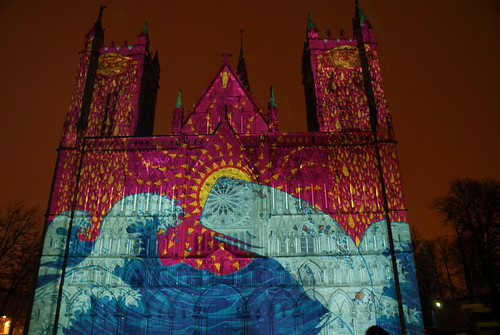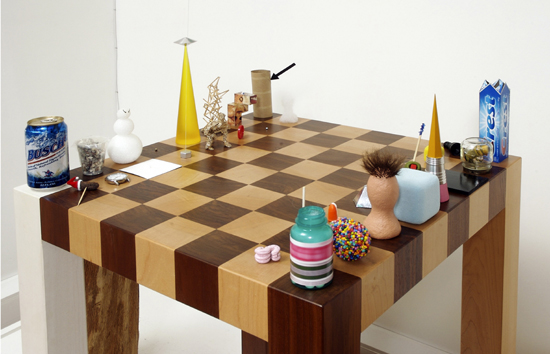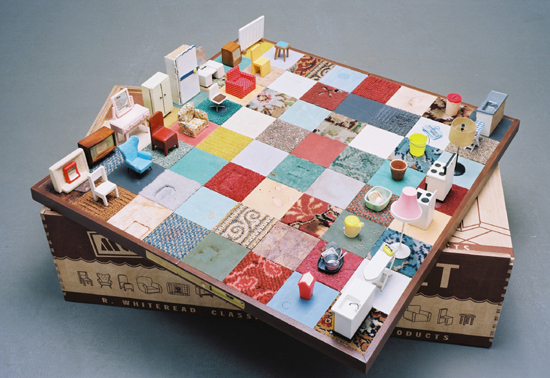Ari B. Adler wrote on Talent Zoo's "Digital Pivot" blog about how some studies are making claims that interacting online causes depression. Ari B. Adler is a professional communicator with a vast array of experience in media, public, and government relations for public and private sector employers. You can find his personal blog at Here Comes Later and follow him on Twitter at @aribadler.
 Psychologists in the United Kingdom reported a connection between Internet addiction and depression. Of course, they can't prove it, and critics are lambasting the research, for anyone with common sense can see it's a bogus claim. However, that didn't stop several media outlets from sounding the alert.
Psychologists in the United Kingdom reported a connection between Internet addiction and depression. Of course, they can't prove it, and critics are lambasting the research, for anyone with common sense can see it's a bogus claim. However, that didn't stop several media outlets from sounding the alert.
Maybe it's true that some people spend too much time online, but I'm not willing to go out on a limb and declare how much is too much. To each his own, I say, and if that means you are more productive, more social, or better educated because of the time you spend on the Internet, well, hey, more power to you.
Is spending a lot of time online going to make you depressed? I suppose that depends on what you're seeing and reading online. Following mainstream media reports could you make you depressed -- especially the ones that unnecessarily cause alarm.
Even the BBC, which is generally regarded as a pretty serious international news organization, got caught in the "Internet-addiction-equals-depression" hoopla. Granted, they did a good job of finding experts who disputed the findings, and they pointed out how small the study was and how tiny a percentage of people within that study actually "proved" the connection. They dropped the ball when they slapped on an alarming headline and lead that, in today's fast-paced, attention deficit-driven world, is all some people are going to read. The most important sentence in the BBC story should have actually killed it rather than being a qualifying second paragraph:
"The Leeds University team stressed they could not say one necessarily caused the other, and that most Internet users did not suffer mental health problems."
Essentially, this research team did an online survey of about 1,300 people with an average age of 21, and 18 of them were classified as Internet addicts. They also reported that those 18 had a significantly higher depression score. I wonder how much money was spent on this university research and how much of a government grant I could get to prove it wrong.
Once again, people are looking to vilify something as the reason for our troubles. Technology does not lead to problems with our psyche. Humanity has enough issues within its DNA to handle that one all on its own.
Sure, our problems may manifest themselves via technology, but that's a good thing, isn't it? The 18 "addicts" in the UK study were reportedly spending much more time on sex and gambling sites. When people used to have to get porn and gamble their money away in person it wasn't considered depression. Moving those activities online might even be a good thing. Porn shops are generally in the seedier parts of town and gambling spots are filled with smoke. Both of those scenarios seem to be a bigger threat to your health than connecting to vices via a computer keyboard.



 Psychologists in the United Kingdom
Psychologists in the United Kingdom 








